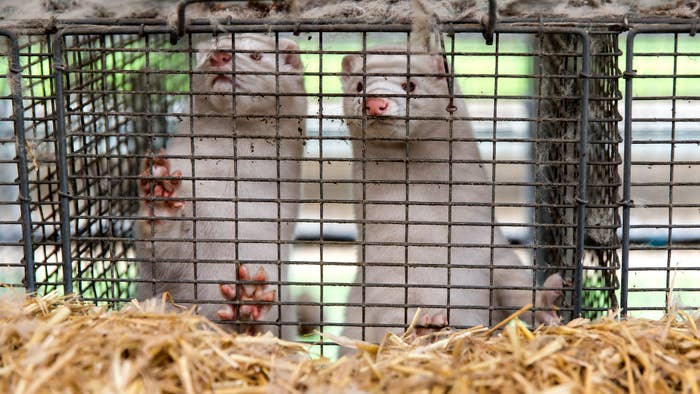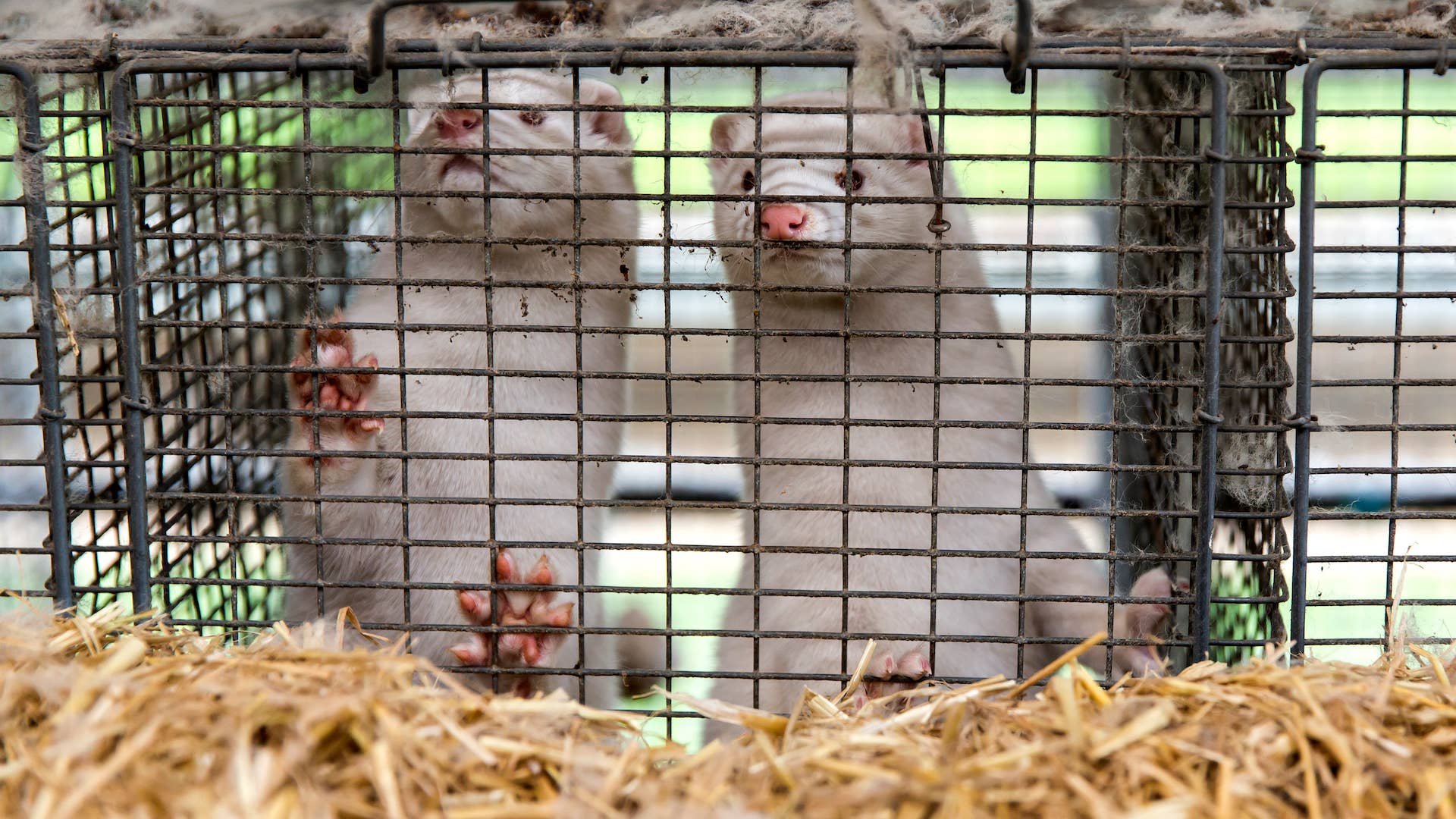
The bodies of Danishmink that were culled to curb the transmission of a mutated strain of COVID-19 have started to emerge from the ground due to gas bloating.
The carcasses began surfacing from their three feet graves at a military burial site in Holstebro, West Jutland, Business Insider reports. The Danish government ordered in early November that 17 million mink—the country’s entire population—be culled after finding out that mink at some farms were infected with a new strain of the virus.
Due to the size of the cull, rendering plants—which disposed of the carcasses—were overwhelmed and dealt with the bodies by incinerating them, or covering them in disinfectant and lime and burying them three feet deep. However, the graves didn’t seem to be deep enough.
Thomas Kristensen, press officer for the Danish National Police, told public broadcaster DR, “In connection with the decay, some gases can be formed, which causes the whole thing to expand a little, and then in that way, in the worst case, they get pushed out of the ground.”
The national force, which is supervising the culling operation, told DR that a similar situation had arisen at another burial site, though didn’t say where. Kristensen explained that West Jutland’s sandy soil wasn’t able to keep the bodies in the ground, so police are now adding more soil. He said that future graves will be over eight feet deep.
The mutated strain that the mink were infected with could be spread to humans. However, Business Insider reports that the risks are small, with authorities saying on Nov. 20 that the strain is “most likely” extinct.
Kristensen said transmitting COVID to humans from the mink carcasses is minimal, though their fur can contain some bacteria.
“Mink, which have been infected with corona, are transmitted primarily through breathing, so in this way dead mink infects less than live mink,” Kristensen told DR. “But there may still be bacteria in the fur on them.” He added, “But having said that, it is never healthy to get close to dead animals.”

